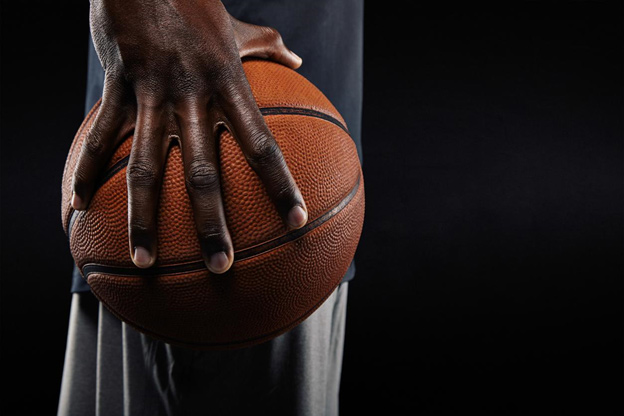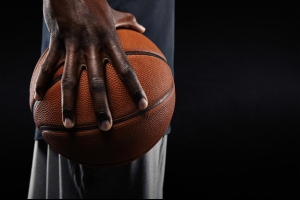
The hands are essential to athletic performance, playing a critical role in everything from grip strength to precision control. Whether dribbling a basketball, catching a football, or swinging a racket, athletes rely heavily on hand function. This constant demand places the hands at high risk for injury. Even minor conditions can significantly impact performance and delay return to play. Let’s explore the most common hand injuries in athletes and why timely evaluation by a specialist is essential for effective treatment and recovery.
The Most Common Hand Injuries in Athletes
Hand injuries in sports are more frequent than many realize. Some of the most common include:
- Hand Fractures: Broken fingers or hand bones can result from direct impact, falls, or collisions.
- Tendon Injuries: These include mallet finger, jersey finger, and extensor tendon tears, often caused by forceful hyperextension or flexion.
- Ligament Sprains or Tears: Thumb sprains such as skier’s thumb are prevalent in contact sports.
- Dislocations: Fingers or wrists may dislocate due to sudden force or awkward landings.
- Nerve Injuries: Compressed or injured nerves can result in numbness, weakness, or chronic pain.
Why You Shouldn’t “Tough It Out”
Many athletes try to play through the pain, fearing missed games or lost opportunities. But untreated hand injuries can lead to long-term complications like reduced grip strength, limited motion, or chronic pain. Early diagnosis and intervention can mean the difference between full recovery and a permanent setback.
Specialists Offer Precision in Diagnosis and Treatment
A fellowship-trained orthopedic hand specialist has the expertise to diagnose and treat complex injuries involving bones, tendons, ligaments, nerves, and blood vessels. They use advanced imaging, surgical techniques, and rehabilitation protocols designed specifically for the demands of the athletic hand.
The Hand, Wrist & Elbow Institute at MOR offers tailored treatment plans designed to help athletes regain strength, motion, and confidence—without unnecessary delays.
From Injury to Recovery Faster, Smarter Healing
Treatment doesn’t always mean surgery. A specialist can provide nonsurgical options like bracing, physical therapy, and regenerative medicine when appropriate. If surgery is necessary, minimally invasive techniques help speed up recovery time and minimize scarring. With expert guidance, you can return to your sport stronger than before.
Don’t Let a Hand Injury Sideline You
If you're an athlete managing a hand injury whether minor or more complex it’s essential to consult a specialist who understands both the intricacies of hand anatomy and the physical demands of your sport.
The Hand, Wrist & Elbow Institute at Midwest Orthopaedics at Rush is home to a multidisciplinary team of more than 25 dedicated professionals, including physicians, nurses, therapists, physician assistants, and other specialists. Expert upper extremity surgeons lead the physician team, providing advanced care for a full spectrum of injuries and conditions affecting the hand, wrist, and elbow.

